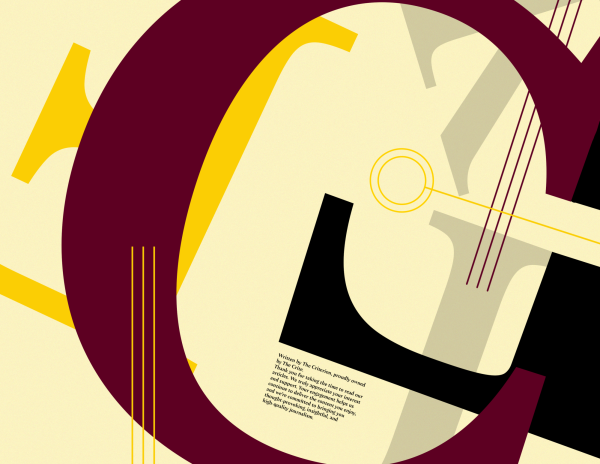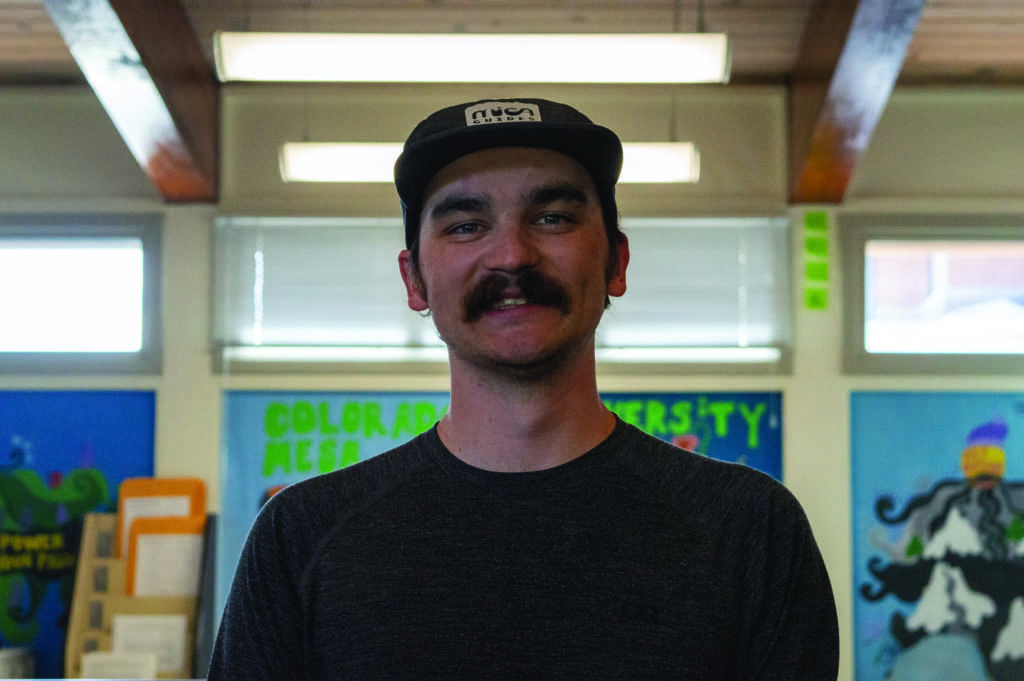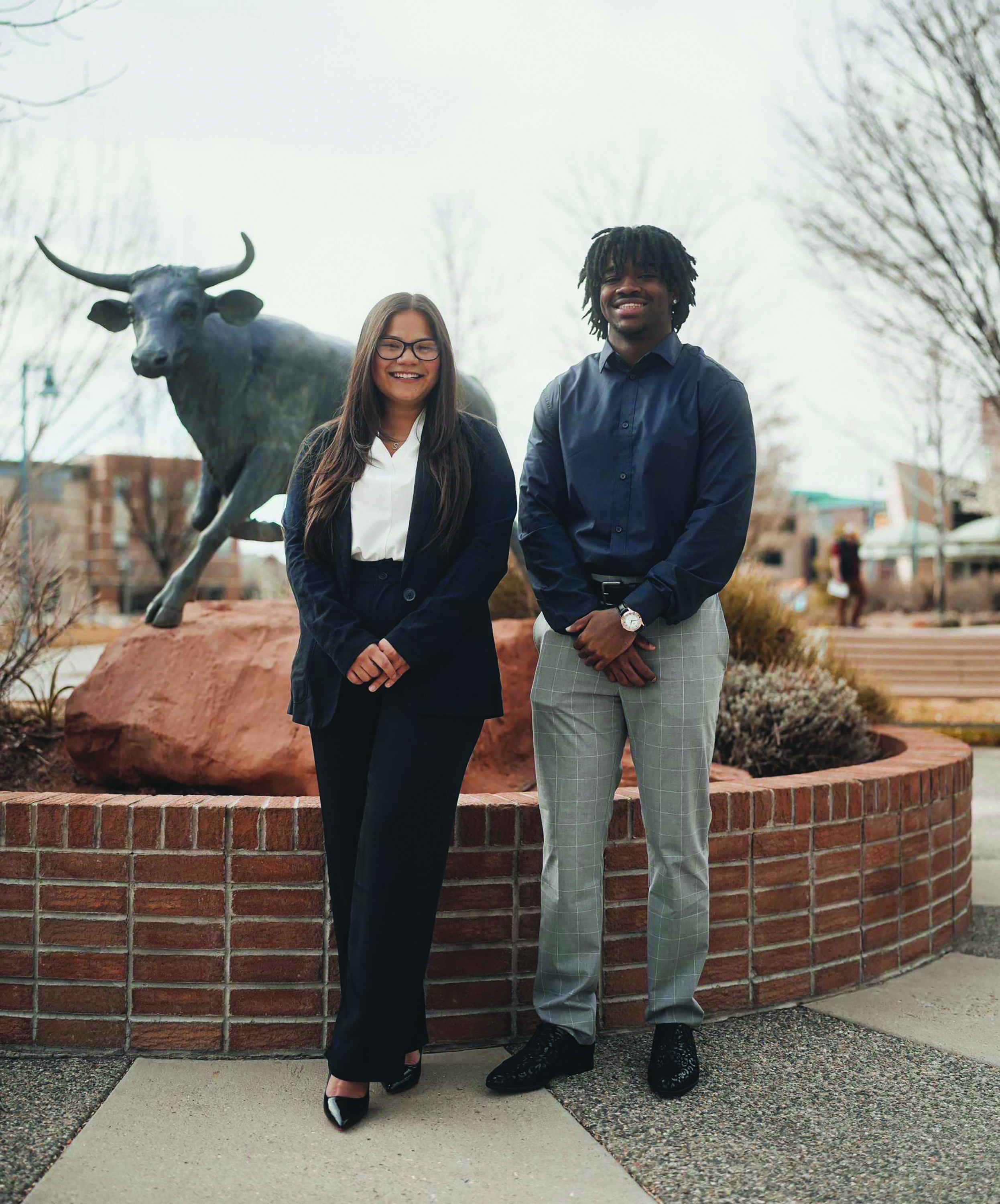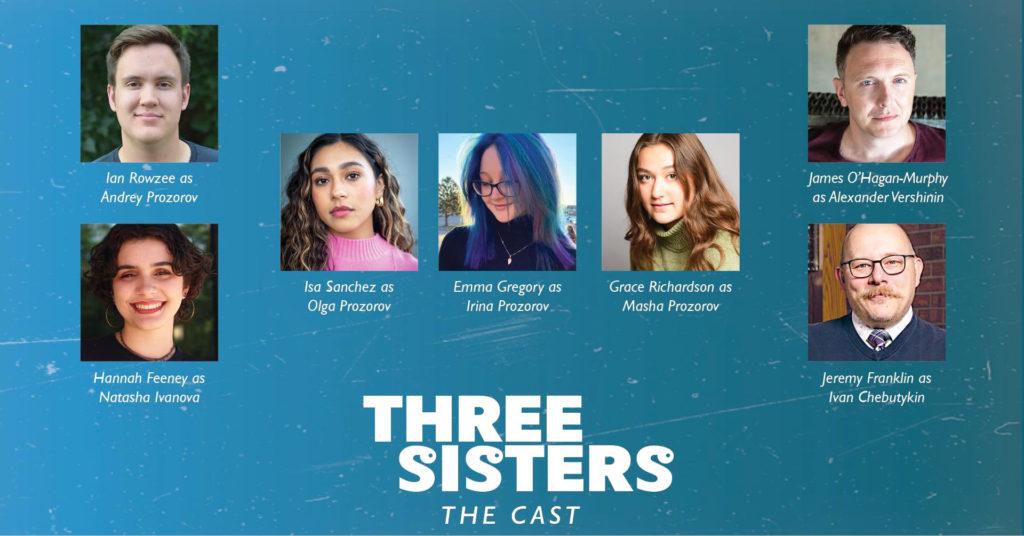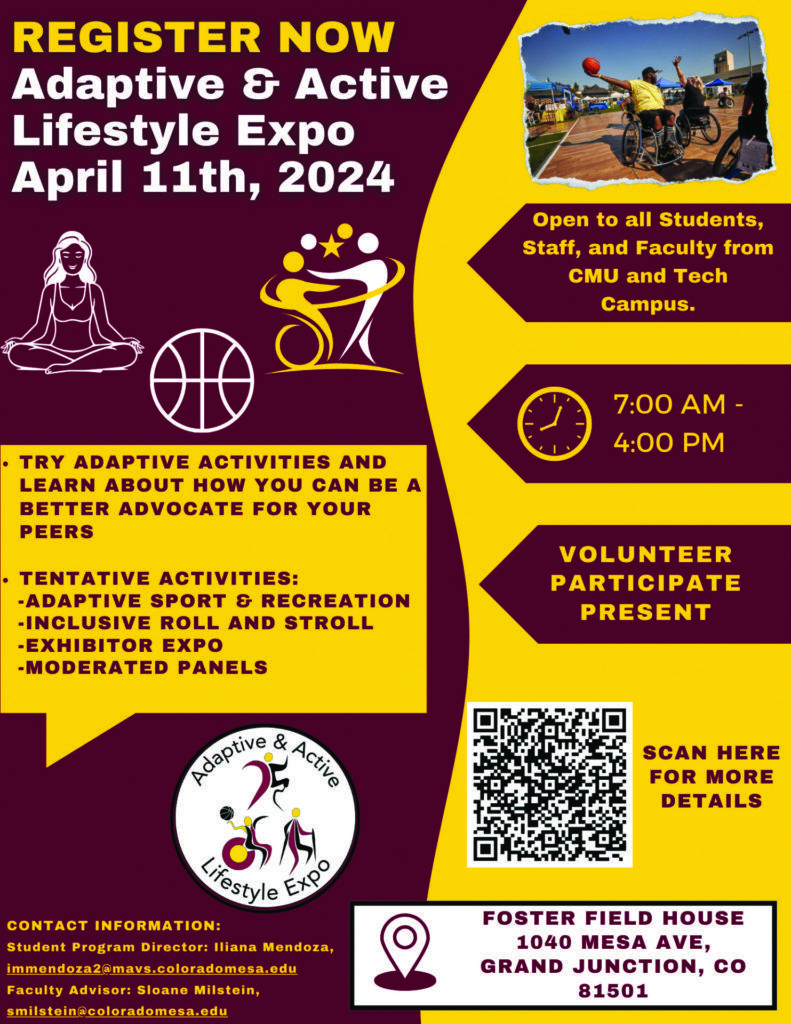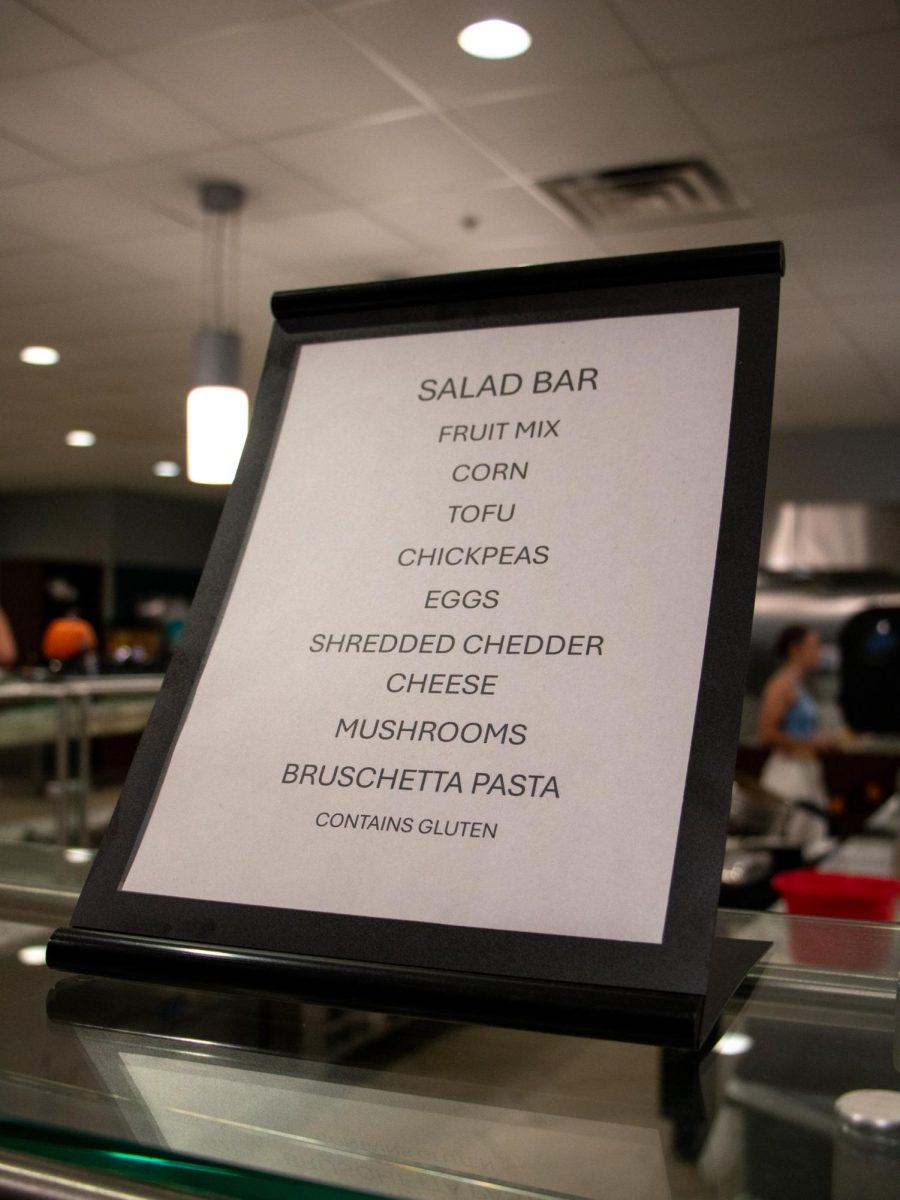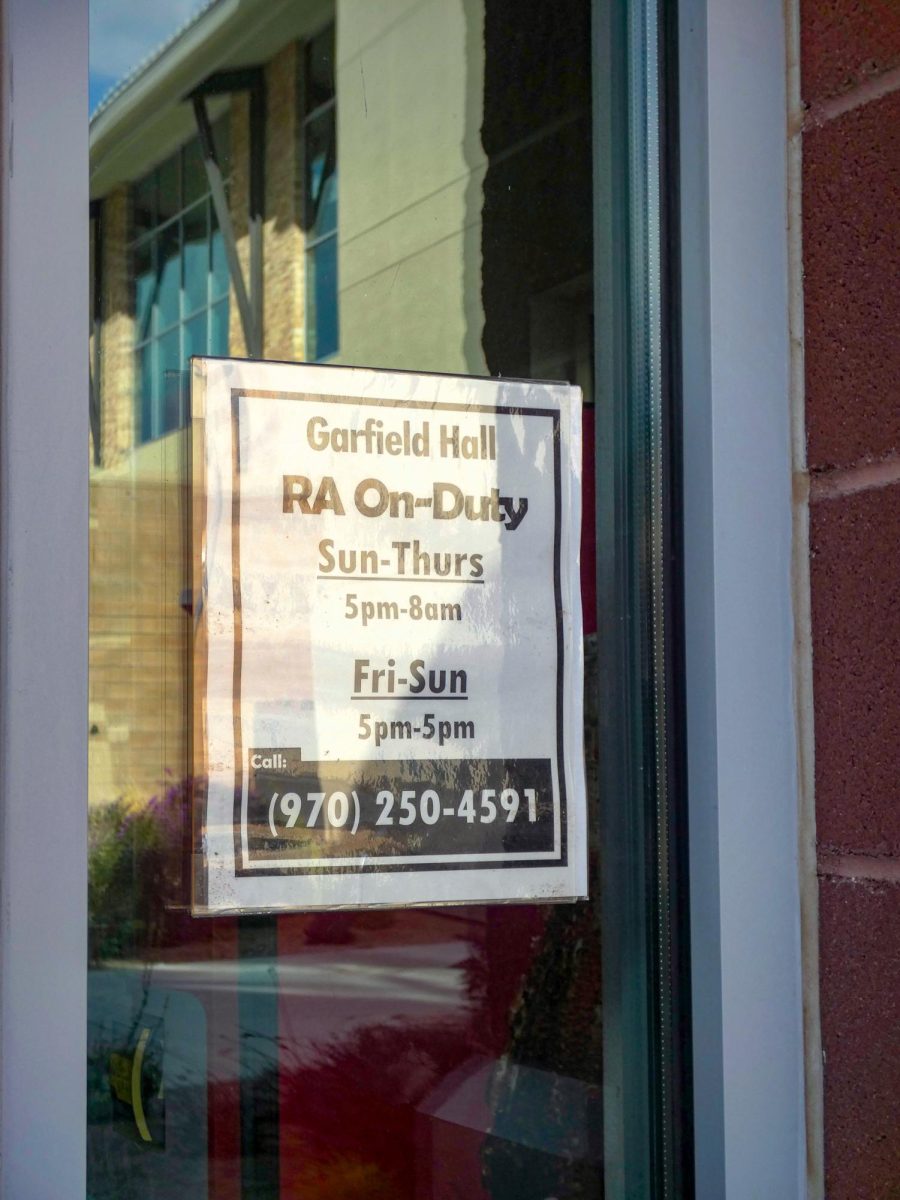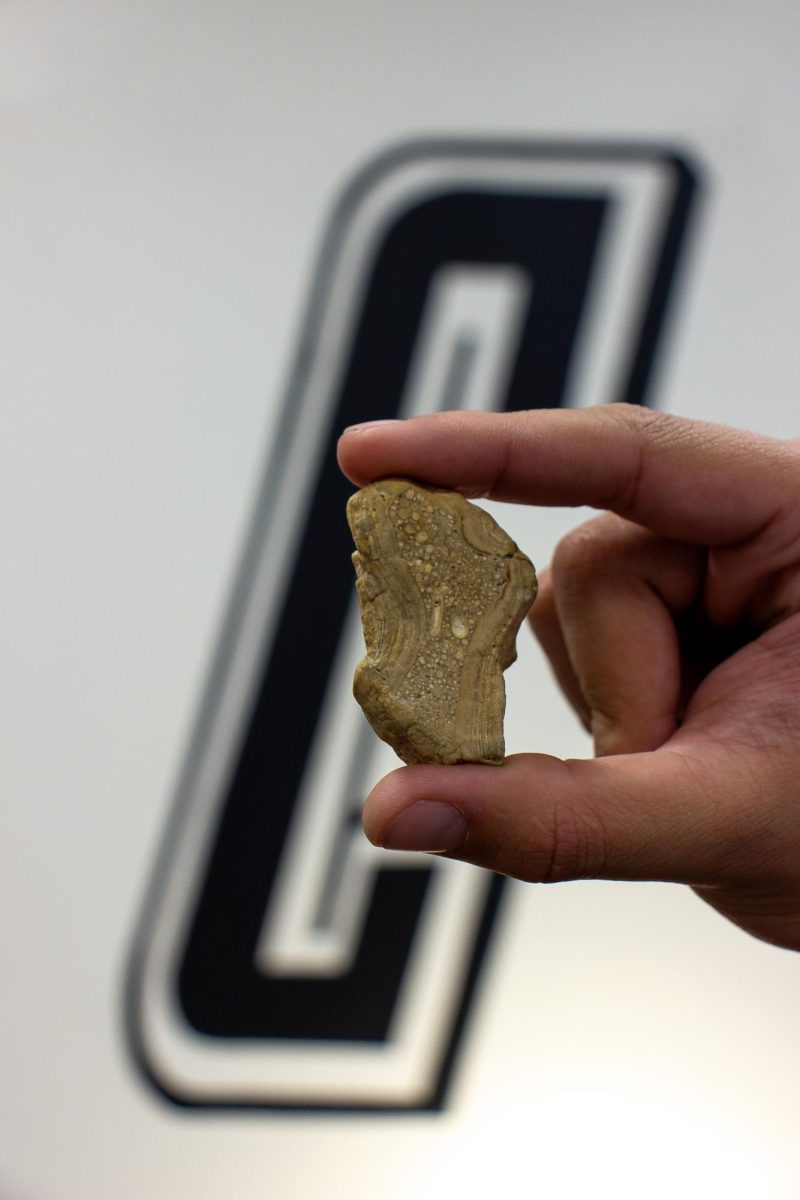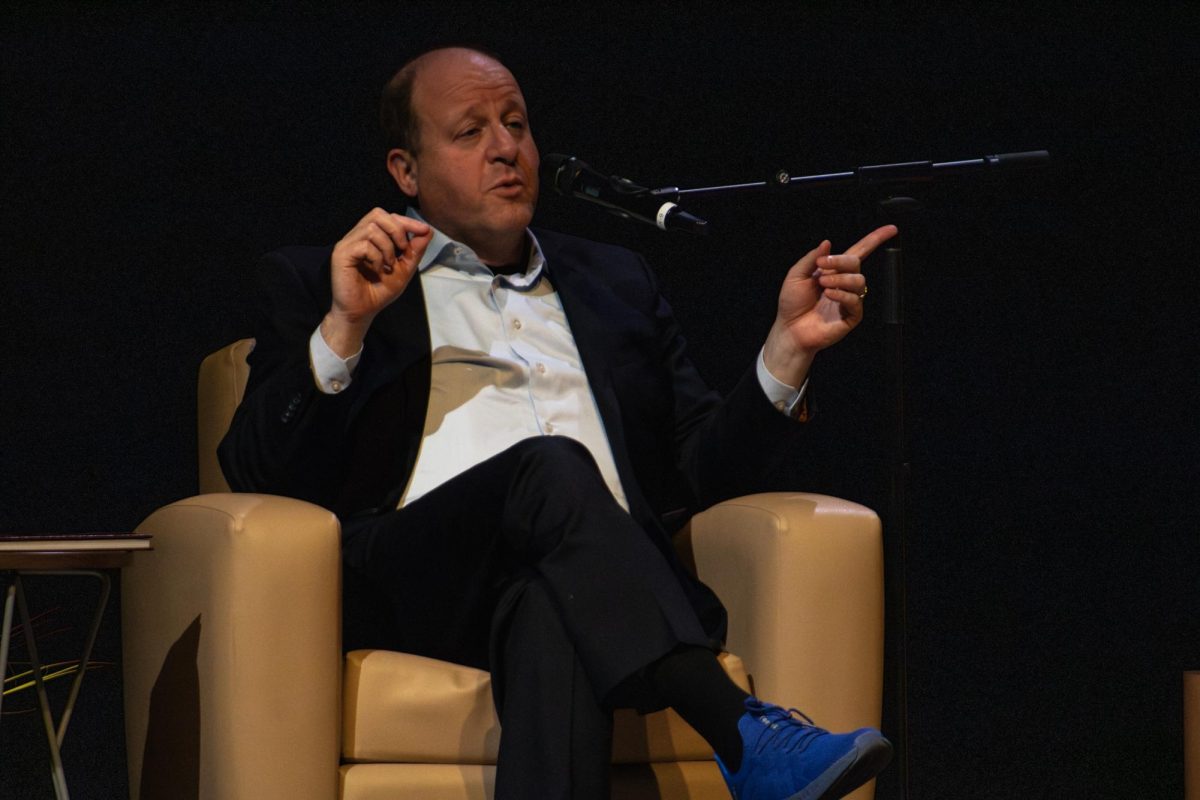This past semester the National Aeronautics and Space Administration (NASA) set its sights on Colorado Mesa University (CMU).
Students working towards a degree in any of the science, technology, engineering and mathematics (STEM) programs were eligible to apply to a Bridge Program funded through NASA. If selected, they will be conducting federally funded research in conjunction with NASA and have the potential for publication, all while being paid.
“The bridge program is designed to pump funding in and partner smaller schools with NASA researchers and larger schools so that we have access to the, I mean, equipment, the opportunities and even the networking,” said Assistant Professor of Physics Dr. Jarrod Schiffbauer.
Dr. Schiffbauer was the sole entity responsible for bringing this nearly $300,000 grant program to the students of CMU. The two-year program will be admitting three students.
“[Students will be researching] complex fluids and soft matters that deal with evaporation boiling and condensation for cooling purposes,” Schiffbauer said.
Assembling the team of students will be tough as there were 21 applicants and he doesn’t want to confine it to the physics department.
“My sort of ideal cohort would be a physicist, a computer or math student and a chemistry student,” said Schiffbauer.
However, the most important credentials he’s looking for are critical thinking skills and the ability to work through confusing problems while letting go of ego.
“If you don’t mind it when your problems make you feel dumb, then you’re probably cut out for this. If it bothers you, then you need to do something else,” he said.
The cohort selection will be announced in early April and the program will begin in June. The individual students will be receiving $25,000 each in the form of stipends and reimbursement throughout the two years.
The first year will consist of hands-on research training while working on a fluids project at CMU. The second year, students will be paired with a mentor and travel to a partner site over the summer to conduct additional research. They will be required to present at the Student Showcase and have the potential to present at additional conferences and symposiums around the country.
Access is the key component to this program. Universities with larger, more well-funded doctoral programs like MIT, Harvard and other R-1 schools tend to have more access to equipment and funding to conduct live research. This program is an equitable approach to extend what Schiffbauer says has become a somewhat insular circle within academia.
“The best way to [create access for] students into actual live research that gets them into these programs and makes them competitive is to get them doing live research,” said Schiffbauer. “Not classroom stuff but like, publishable research. Stuff that the guys are doing at the big places.”
After the two year period is over, CMU will have the opportunity to apply to extend the program for another five years based on the progress made during the initial period.
If successful, Schiffbauer believes this will create a huge draw for more STEM students to attend CMU. He also hopes to be able to create a network of primarily undergraduate schools including Fort Lewis College, Western Colorado University and others in the area that will increase the amount of students engaging in live research.
Since Schiffbauer can not do this alone, he is able to hire an intern for the program to assist in training and research for one year. Robert Costin, a post baccalaureate researcher/intern is ready to work on the program. He graduated from CMU in May of 2023 with degrees in chemistry and biology.
“I look forward the most to working with younger students in the lab and getting them excited to do research,” said Costin. “CMU is a great university with strong STEM programs but lacks a real ability to do research at a high level.”
Costin has worked with Schiffbauer for the last two years on different projects and in addition to assisting, he will be able engage in more training and education to further his career, potentially into a doctoral program.
“Working on this project will allow me to get further research experience as well as other necessary skills so I can open new doorways to further my interest in scientific discovery,” said Costin.
The reputation of NASA as a household name will likely attract many new students looking to engage in research at CMU. In addition with the CMU Tuition Promise, it could also potentially increase the amount of rural Colorado citizens attaining higher education degrees in STEM fields.
“The program offers the opportunity for these students to visit NASA and have some hands-on experience, ” said senior NASA scientist and researcher Henry Nahra. He’s worked as a project scientist on a thermal fluids program that was launched with the International Space Station.
Although he was not personally a part of the selection committee that ultimately selected CMU to receive this funding, he agreed to help with the research and experiment side of things. The selection committee was formed by NASA administration as well as unbiased, third-party scientists so the review process was as objective as possible.
The desire to retain the best and the brightest in the US, regardless of their background or social capital, is driving NASA’s motivation, according to Schiffbauer. This funding is a clear indication by NASA that the STEM department at CMU is doing well andNASA want to invest in that success.




